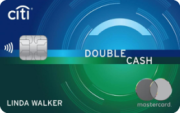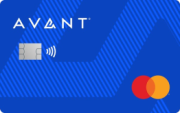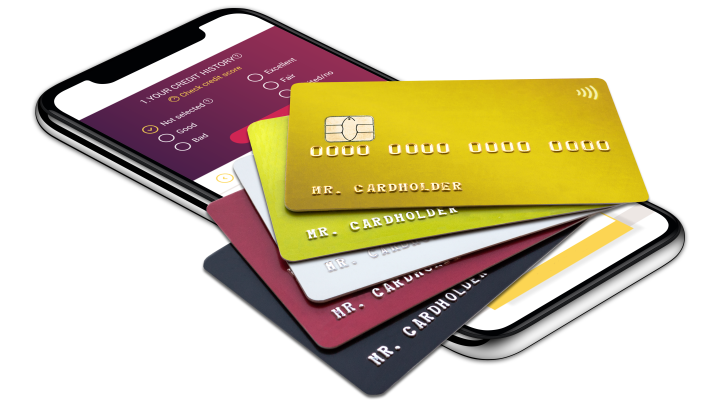The content on this page is accurate as of the posting date; however, some of the offers mentioned may have expired.
Each time an individual uses the cash-back credit card or the rebate credit card the customer receives a certain percentage of the purchase which is either credited in the account or as a check. This could mean considerable savings over a period of time. However, one must note that each rebate card comes with its own separate features. In order to get a better understanding one must make comparisons in order to zero in on the card that offers the best deal as well as maximum rewards.
• First, one must know where to earn the cash-backs as cards generally offer rebates that are structured and a lot depends on where the purchases are made. For instance, cash-backs at a fine restaurant might be much less when compared to cash-backs at a gas station. It has been suggested by the Consumer Reports magazine that the focus should be on the cards that offer the highest rewards especially in those shopping categories where the most money is being spent by the customer.
• The lower the APR the better the deal for the consumer. APR's are the interest that is charged when the balance is not cleared in full on a monthly basis. So it is always wise to choose a card that charges less interest.
• Review the other fees that the companies would charge for usage of the card. This would often include an annual fee, late payment fees, or the cash advance fee. These might actually take away points from your rebates that one could earn with the card.
• While some cards might give a straight cash-back of 2% on purchases, there are others that might offer reward points that could be redeemed at a later date and allow you to increase your points. For example, if one point is earned for every dollar spent, one might have to redeem 2 points on every dollar in the rebates. So one must verify the actual 'cash' value on these rewards.
• Some companies might put a cap on the earnings. So it would be wise to read the cards terms and conditions and clarify if there are any limits to the earnings. Some of these rebate credit cards might allow only limited earnings on reward points each month. One might earn cash-back only on the initial $1,500 that is spent in a month, hence the cards with no limits are more preferred.






